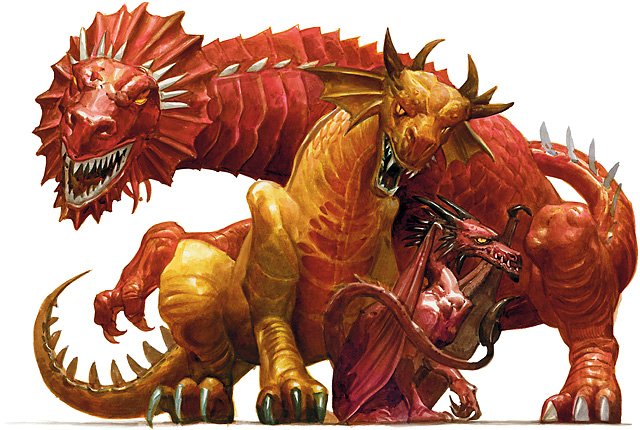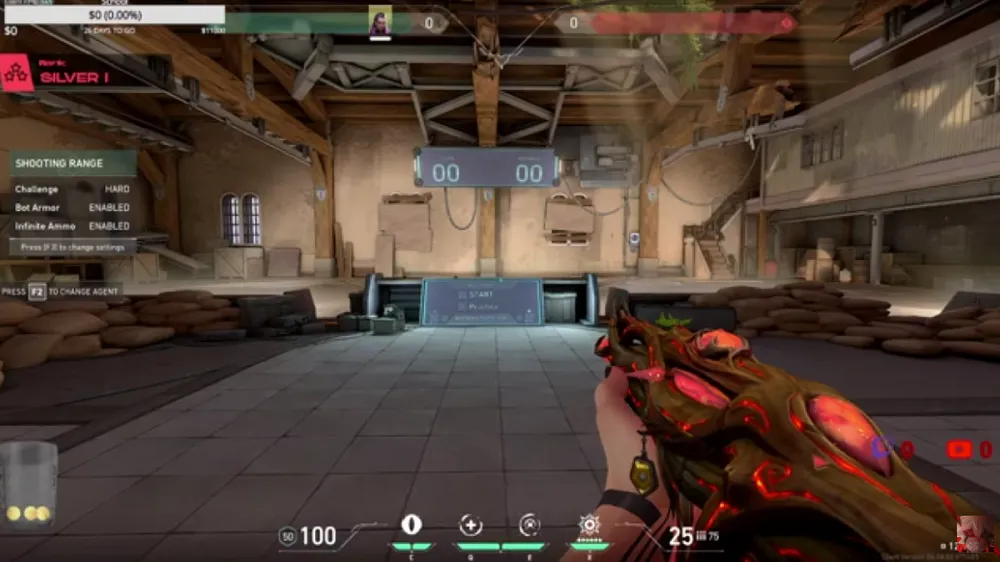When you imagine a massive winged beast soaring through the sky, do you picture a dragon or a wyvern? For centuries, the two creatures have often been confused, and the mix-up still happens today in books, games, and movies. Although they look alike, they are different. The distinction matters because each creature carries its own symbolism, history, and role in mythology. This guide unpacks everything you need to know about the differences between dragons and wyverns, from their ancient origins to their place in modern pop culture.
Defining the Creatures – Dragon vs Wyvern Basics
What is a Dragon?
Dragons have appeared in myths from almost every culture. In European stories, they usually have four legs, large wings, sharp claws, and the ability to breathe fire. They are intelligent, sometimes speaking human languages or using magic. In Asian traditions, dragons are different: they are serpent-like, wingless, and tied to water, rain, and prosperity. In various cultures, dragons represent great strength, knowledge, and occasionally disorder. They are more than monsters; they are rulers of their own domains.
What is a Wyvern?
Wyverns, on the other hand, emerged mainly in medieval Europe .In contrast to dragons, wyverns possess just a pair of legs in addition to their wings Their tails are often depicted with venomous barbs, and they usually act more like dangerous predators than wise beings. They lack the deep intelligence associated with dragons and instead embody disease, destruction, and war. In the heraldry of the medieval period, wyverns were a common sight on coats of arms, where they typically symbolized strength in warfare or the transmission of disease.
Dragons vs Wyverns – Physical Differences Explained
The easiest way to separate dragons and wyverns is to look at their anatomy. A true dragon has four legs and a pair of wings, while a wyvern has two legs and wings that double as forelimbs. This distinction is more than artistic—it shapes how the creatures behave in myths and stories.
Quick Comparison Table
| Feature | Dragons | Wyverns |
| Legs | Four | Two |
| Wings | Yes | Yes |
| Tail | Long, often spiked | Barbed or venomous |
| Intelligence | High, often magical | Limited, beast-like |
| Abilities | Fire, ice, lightning | Venom, brute strength |
| Symbolism | Wisdom, power, chaos | Plague, destruction |
| Role in stories | Teachers, foes, rulers | Predators, pests |
Wings and Limbs
Dragons in Western tales often walk on all fours and use their wings strictly for flight. Wyverns, with only two legs, resemble giant bats, using their wings both for balance and movement. This anatomical detail alone helps historians and fantasy fans tell them apart.
Intelligence and Speech
In myths, dragons are thinkers. They protect riches, deceive heroes, or share knowledge. Many tales portray them as capable of speech and even spellcasting. Wyverns rarely show such intelligence. They are more animalistic, attacking villages or knights without reason beyond hunger or instinct.
Abilities and Powers
Dragons wield many powers: breathing fire, summoning storms, or even shapeshifting in some legends. Wyverns are deadlier in a different way. Their tail often carries venom or a stinger, and their strength lies in physical aggression rather than mystical skills.
Dragons vs Wyverns in Mythology and Folklore
European Myths
In Europe, dragons became the ultimate foe of heroes. The tale of George defeating the dragon represents the victory of good over evil. Wyverns also appear in Europe but usually as symbols of pestilence. They weren’t always the center of epic battles but rather warnings of disease spreading across lands.
Asian Dragons
Unlike their European cousins, Asian dragons are benevolent. They don’t need wings to fly and are associated with rain, rivers, and luck. Chinese emperors often claimed descent from dragons, using them as symbols of legitimacy. When comparing the two, a clear difference emerges: wyverns represent chaos and destruction, whereas Asian dragons symbolize creation and harmony.
Medieval Heraldry
Wyverns became a common figure in coats of arms during the Middle Ages. They represented both might in war and the fear of disease. Knights brought symbols of wyverns to battle to warn their foes. Dragons also appeared, but they usually symbolized protection and guardianship.
Dragons vs Wyverns in Modern Pop Culture
Fantasy Literature and Games
Writers frequently mix up the characteristics of both creatures. In Dungeons & Dragons, for instance, the game includes both true dragons and wyverns, keeping the differences intact. In The Witcher series, wyverns appear as lesser beasts compared to dragons. These depictions reflect traditional differences in intelligence and power.
Movies and TV Shows
Perhaps the most famous recent example comes from Game of Thrones. The so-called “dragons” of Daenerys Targaryen actually match wyvern anatomy—two legs and wings instead of four legs and wings. Fans debate this constantly, showing how tricky it can be to label these beasts correctly.
Video Games
In Monster Hunter and many RPGs, wyverns dominate. Gamers encounter countless winged predators with venomous tails, clearly designed as wyverns even if the games sometimes label them as dragons. The mislabeling demonstrates how pop culture continues to blur the distinction.
Why the Confusion Between Dragons and Wyverns?
Several reasons explain why people still confuse them:
- Historical overlap: Early texts sometimes used “dragon” as a catch-all word for any large reptilian creature.
- Artistic interpretation: Medieval artists often drew winged lizards without strict rules, so a wyvern could be mistaken for a dragon.
- Pop culture: Movies, games, and novels prioritize excitement over accuracy, leading to mislabeled creatures.
This confusion has persisted so long that many people don’t realize wyverns even exist as a separate category.
Which Is Stronger – Dragons vs Wyverns?
In Mythology
Dragons nearly always overshadow wyverns in strength and wisdom. They breathe fire, command storms, and often live for centuries. Wyverns, while fierce, lack the same aura of supremacy.
In Combat Scenarios
If a dragon and wyvern fought, most stories suggest the dragon would win. Its intelligence, magical abilities, and sheer size outweigh the wyvern’s venom and brute strength. Still, wyverns remain deadly, especially to ordinary humans.
Symbolic Power
Dragons are seen as rulers or guardians, often standing at the crossroads of good and evil. Wyverns carry darker symbolism, connected with disease, famine, and chaos. They don’t inspire the same awe but rather stir fear.
The Legacy of Dragons and Wyverns Today
Even though myths are centuries old, these creatures continue to influence storytelling today. Writers use dragons as wise mentors, final bosses, or symbols of great power. The Wyverns act as perilous barriers, highlighting both risk and turmoil. Both creatures shape fantasy worlds, fueling our fascination with monsters that blur the line between legend and imagination.
Final Thoughts – Dragons vs Wyverns
So, what’s the takeaway? Dragons and wyverns may look similar, but their origins, anatomy, and symbolism set them apart. Dragons often represent wisdom, power, and magical might, while wyverns symbolize plague, destruction, and raw danger. Knowing the difference enriches your understanding of mythology, deepens your appreciation for fantasy worlds, and helps you spot when a movie or game bends the rules. Both creatures remain timeless icons of human imagination, each carrying its own unique legacy.
FAQs
Are wyverns a type of dragon?
Not exactly. While wyverns are often lumped together with dragons, they are considered separate in mythology because of their two-legged anatomy.
Can wyverns breathe fire?
Traditionally, no. Wyverns are more associated with venom or poison. Fire-breathing is reserved for true dragons.
Which came first in mythology, dragons or wyverns?
Dragons appear in ancient myths across Asia and Europe thousands of years ago. Wyverns emerged later, primarily in medieval European heraldry.
Why do games and movies confuse dragons and wyverns?
Because the general audience recognizes “dragon” more easily, creators often use the term even when showing a wyvern.
Case Study: Game of Thrones “Dragons”
Daenerys Targaryen’s three beasts are called dragons, yet by anatomical definition they are wyverns. They have two legs and wings, no forearms apart from their wings. This highlights how even massively popular franchises blend the terms for dramatic effect. Fans still debate whether the creators used “dragon” intentionally for familiarity or whether it was a simple oversight.
Suggested Diagram
Dragon: a creature with four legs and wings.
Wyvern: a creature with two legs and wings.
This side-by-side comparison helps visualize the core anatomical difference that defines each creature.
Closing Thought
Whether you side with dragons or wyverns, both creatures hold a permanent spot in human imagination. They reflect our fears and hopes, from pestilence and war to wisdom and divine power. Next time you see a winged reptile in a movie or game, take a closer look—you might be surprised to find it’s not a dragon at all but a wyvern.






Leave a Reply